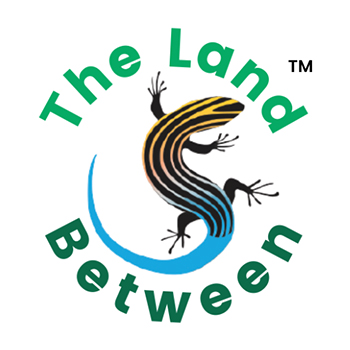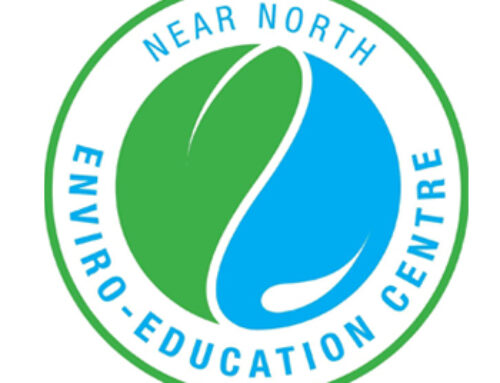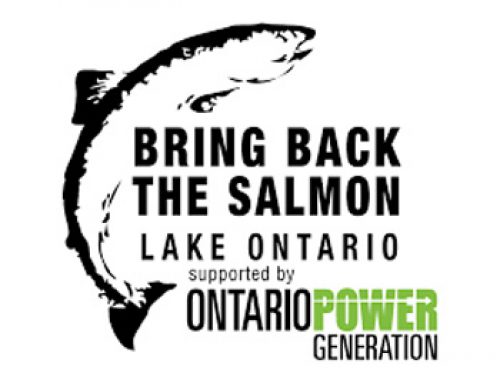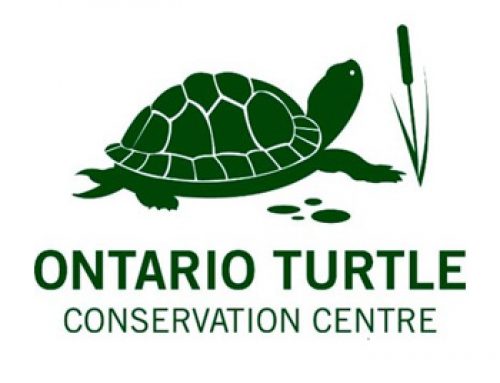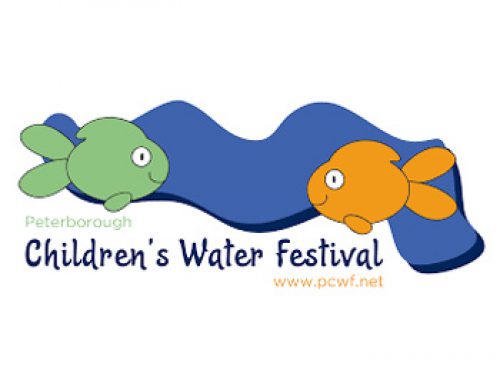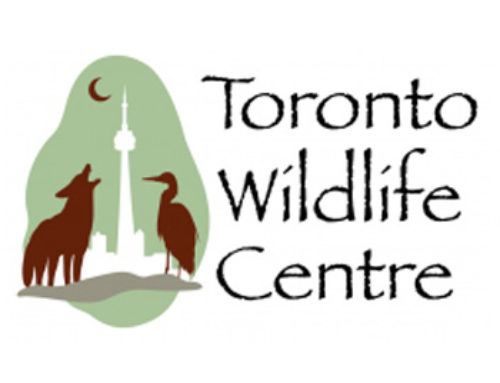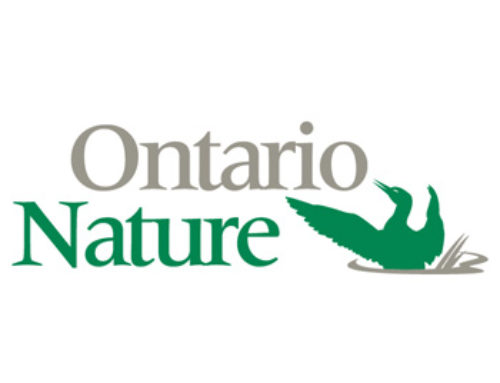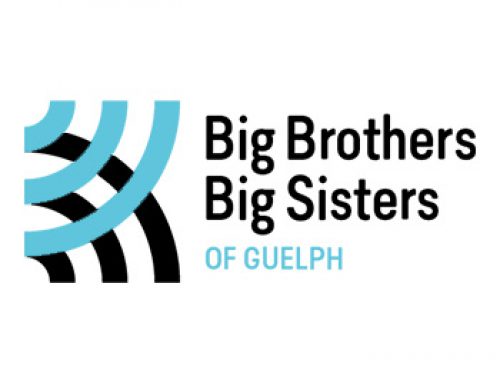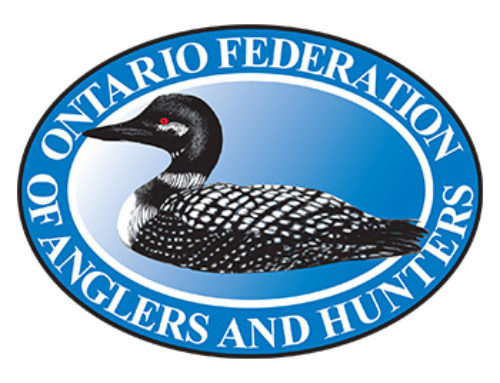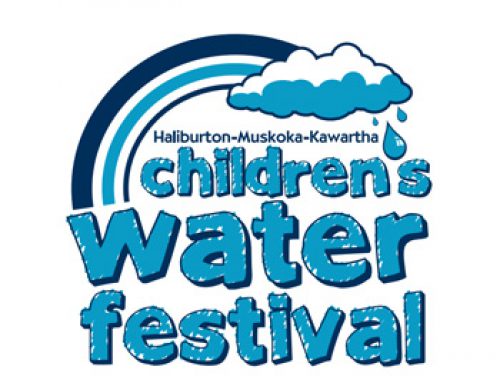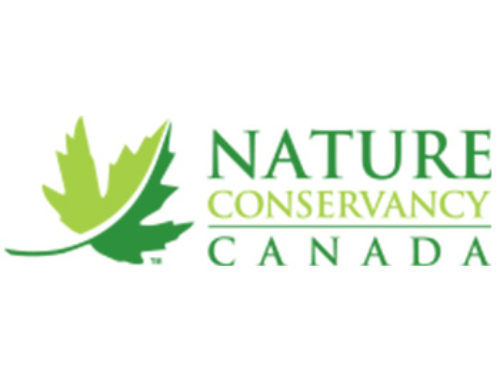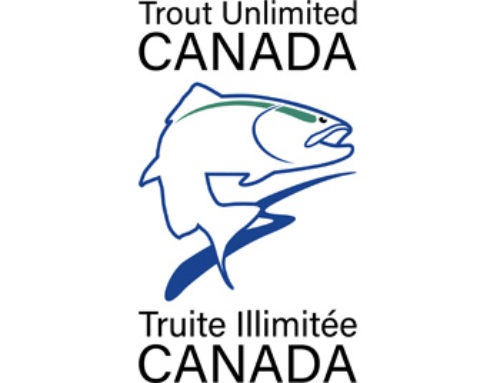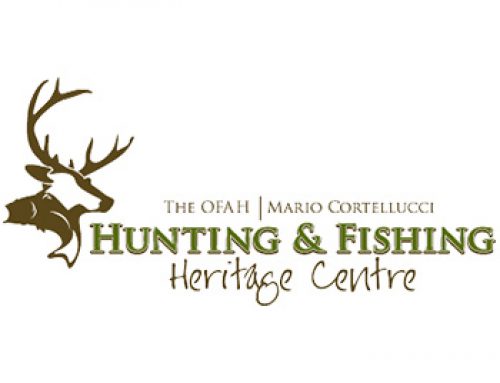2022
Ontario Highlands Turtles-at-Risk Mitigation Pilot Project
Project Objective
Install fencing and jump-outs at 3 sites with high Blanding’s Turtle mortalities and monitor sites for turtle safety and underpass use.
Study conducted by Nature Serve found that globally, 1 in 5 reptiles are now at risk. Ontario has 8 species of turtles, and all of which are listed as Species at Risk. Estimates indicate that Ontario has already lost between
50% to 70% of our turtle populations, and if an additional 20% of turtles are lost in any area of the population, the species will become locally extinct in those areas within 20 years. The two greatest threats to turtles in Ontario, are road mortality, followed secondly wetland conversion.
Reptiles are attracted to roads since they are an ectothermic species and look for open, sunny areas that they can use to keep warm. Furthermore, they prefer open sandy/gravel spots which provide ideal incubation conditions for nests. Turtles cannot be relocated easily, nor can they adapt to changes when critical habitats such as wetland hibernation sites are degraded or destroyed.
The MTO reported that in Ontario alone, there are approximately 14,000 wildlife-vehicle collisions reported each year. However, many collisions also go unreported, especially those that involve small wildlife, which includes reptiles. A study along two 13 kilometer stretches of Highway 69/400, north of Parry Sound found that over 800 reptiles died on the road during only two years of monitoring.
Roads dissect turtle habitats and territories, posing risks during key parts of their life cycles; interrupting migration from hibernation sites to mating and feeding sites, and then especially during nesting season. Hatchlings are also so small that they are often unknowingly struck by cars as they emerge from their nests. Turtles crossing roads are also hazards to humans as people swerve or break suddenly to avoid hitting them.
Support for turtle recovery can be achieved by identifying hotspots for turtle-road-mortality through mapping (GIS) and targeted monitoring, and then by installing mitigation measures including awareness and crossing signs, speed limits, and also physical infrastructure to direct turtles under roads where feasible. Many conservation groups are actively testing and studying innovative solutions and have worked on implementing various styles of wildlife fencing-Eco passages, as well as launching awareness programs.
The Land Between charity has a fulsome program to support turtle recovery called Turtle Guardians. Here we paid staff and 600+ volunteers who have been collecting data on turtles-on-roads. We have also collaborated with partners to share information. The charity has developed and piloted a unique Eco passage design that has been supported by all partners including Road Departments and engineers. This project will see the implementation of this mitigation infrastructure to high priority areas for turtles at risk in each of three municipalities, in partnership with Road Departments and authorities, and the support of communities. The project will pilot these solutions, monitor outcomes, communicate successes, to ensure the infrastructure, lessons, and successes are awarded/adopted and therefore, transferred broadly in each area.
The mitigation success will be supported by outreach and community engagement, including educational forums, wildlife interpretive signs and billboards in crossing zones, and standard crossing signs. Additionally, staff and volunteers in high visibility vests will monitor areas, raising awareness about the presence of reptiles on roads, and therefore, assisting both directly and also through resulting awareness raised, in mitigation.


